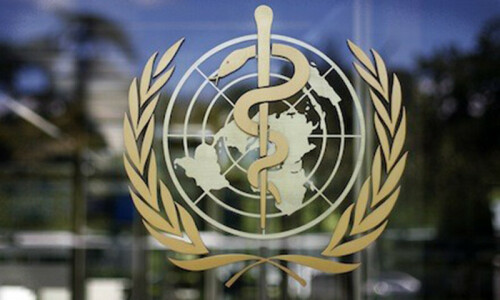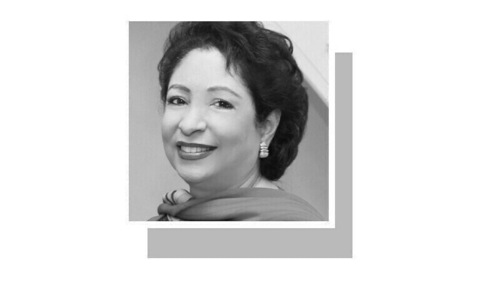KARACHI: Banking in Pakistan flourished during the first half of the calendar year 2022; both assets and income noted a strong increase while the balance sheet of banks expanded by 16 per cent over the same period of last year.
The State Bank issued a “mid-year performance review” (MYPR) of the banking sector for 2022 on Monday.
The review covers the performance and soundness of the banking sector for the January-June period (1HCY22).
It also covers the performance of financial markets and microfinance banks (MFBs), as well as the results of Systemic Risk Survey (SRS), which represents independent respondents’ views about key risks to financial stability.
The sustained economic activity during 1HCY22 supported the expansion of banking sector balance sheet by 16pc during 1HCY22, said the report.
A robust increase in the asset base was mainly driven by the flow of private sector advances and increases in investments, particularly government securities, said the report.
Investments rose by 22.5pc (Rs3.3 trillion) during 1HCY22. “These funds were almost entirely invested in government securities,” said the SBP report.
Investments in MTBs (market treasury bills) and PIBs (Pakistan Investment Bonds) observed a rise of Rs684 billion and Rs1.7tr, respectively.
Also, Ijara Sukuk attracted substantial bank funds of Rs838 billion in the first half of the present calendar year. Accordingly, the share of MTBs in banks’ total holding of federal government securities declined to 33.6pc by the end of June this year from 46.6pc a year ago. The share of PIBs shot up to 52.6pc from 46pc in June -2021.
“Increased share of long-term investments demonstrates the government’s strategy to improve its debt maturity profile,” said the SBP. The pace of growth in private sector advances during 1HCY22 was the highest in comparable periods of the previous three years. Improved manufacturing activity, as reflected in double-digit growth in the Large-Scale Manufacturing (LSM) index during 1HCY22, higher input prices and SBP’s refinance schemes augmented the overall flow of advances.
Individuals and the sugar sector availed a major chunk of financing, followed by the textile sector.
However, the monetary policy announced on Nov 24 had said that in line with the slowdown in economic activity, private sector credit continued to moderate, increasing only by Rs86.2 billion during Q1 FY23 (July 1 to Sept 30, 2022), compared to Rs226.4 billion during the same period last year.
This deceleration was mainly due to a significant decline in working capital loans to wholesale and retail trade services, as well as to the textile sector in the wake of lower domestic cotton output, and a slowdown in consumer finance, said the monetary policy.
Published in Dawn, November 29th, 2022













































